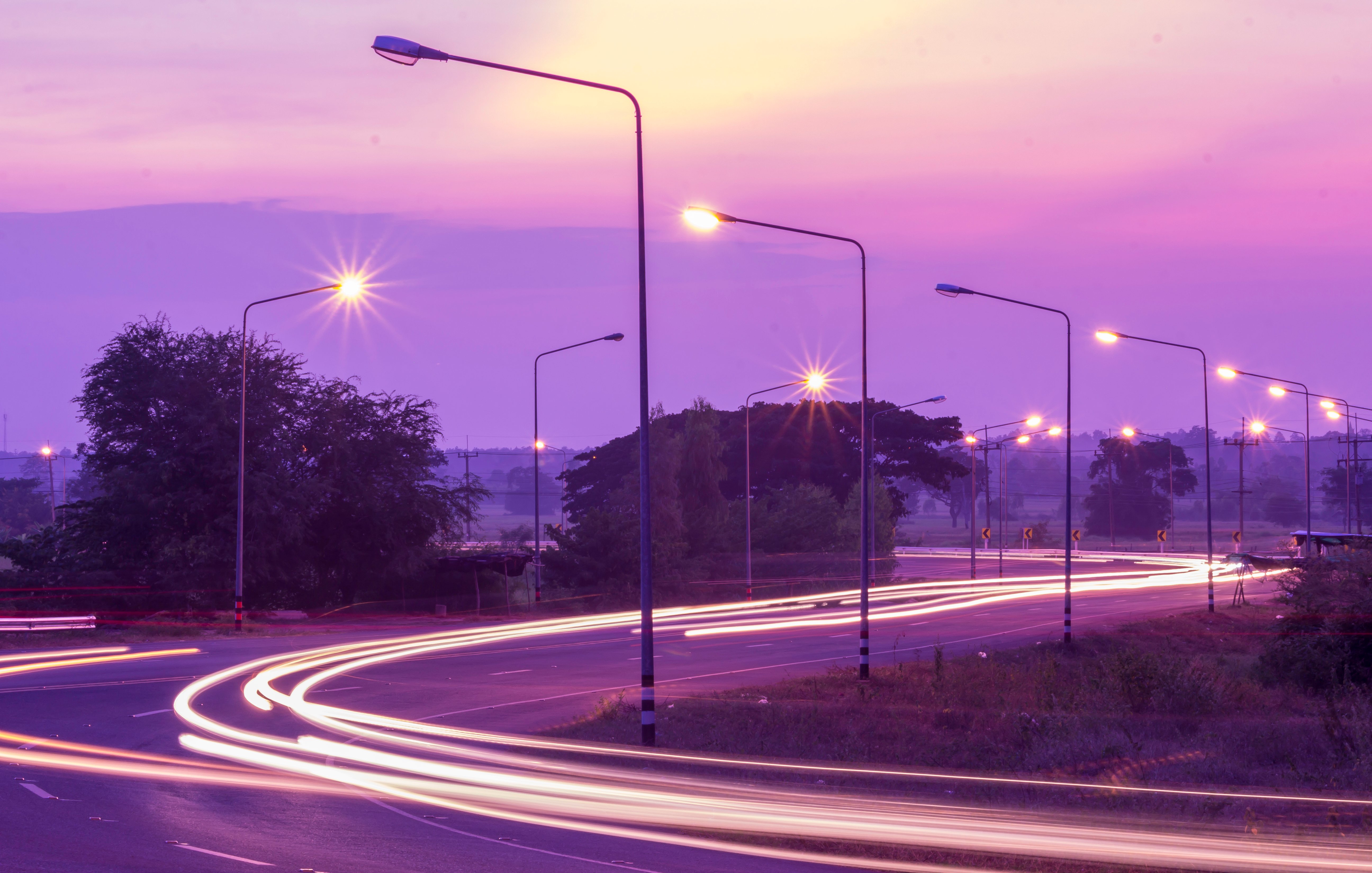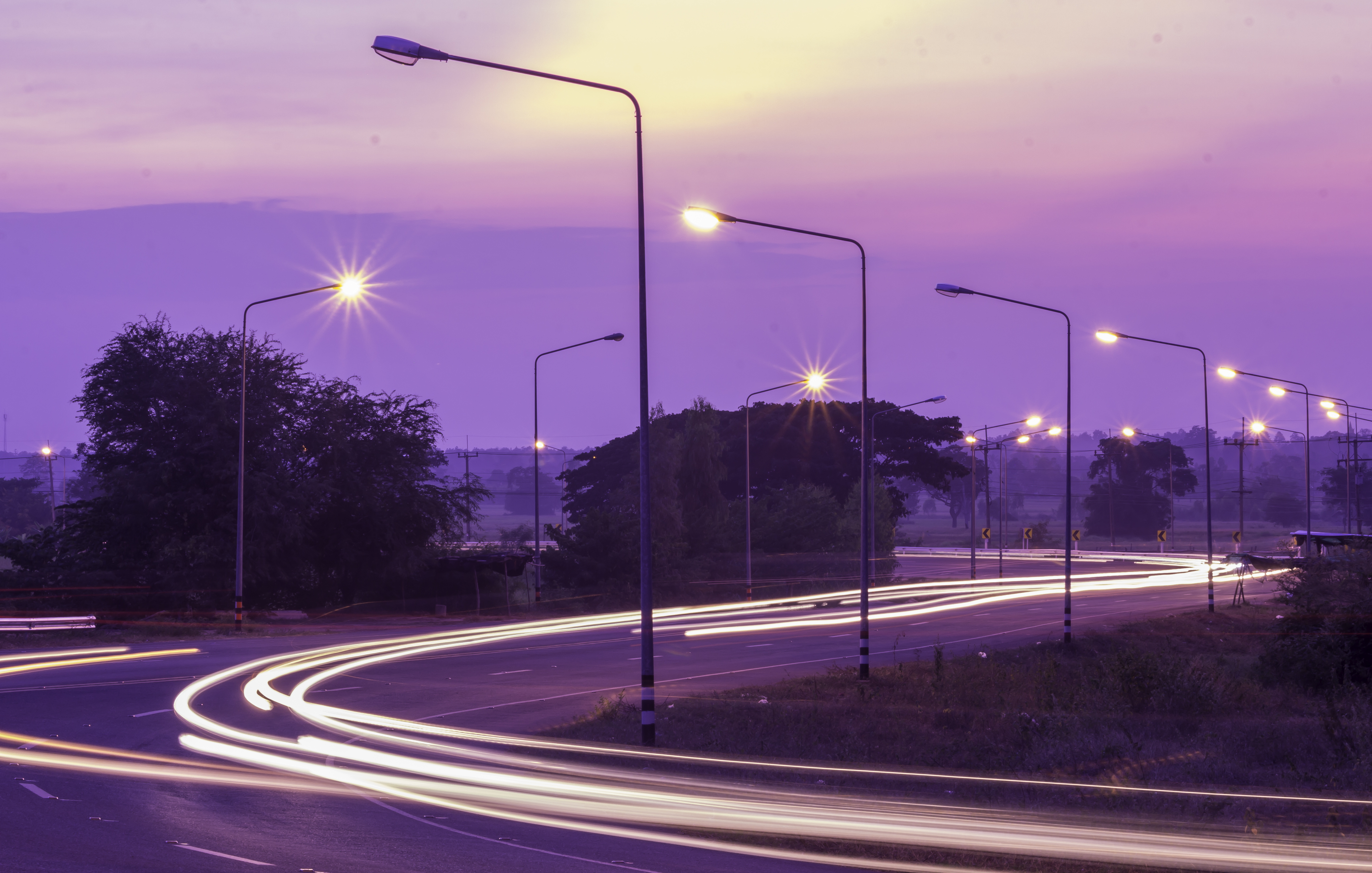
 Smart streetlights create numerous benefits: enabling users to audit progress in their switch to LED lighting, reduce energy usage, reduce carbon footprint, remotely diagnose faults, better maintenance efficiency and many more. The initial up-front cost of smart street lighting requires a rapid return-on-investment (ROI) to justify the capital expense. The good news is, smart streetlight ROI is fast if users are able to financially benefit from the energy reduction achieved using the enhanced dimming and trimming profiles that these systems provide.
Smart streetlights create numerous benefits: enabling users to audit progress in their switch to LED lighting, reduce energy usage, reduce carbon footprint, remotely diagnose faults, better maintenance efficiency and many more. The initial up-front cost of smart street lighting requires a rapid return-on-investment (ROI) to justify the capital expense. The good news is, smart streetlight ROI is fast if users are able to financially benefit from the energy reduction achieved using the enhanced dimming and trimming profiles that these systems provide.
If a city’s streetlight energy usage is measured around the clock, including power levels, this enables cities to submit a more accurate energy bill to their energy supplier. Countries across the globe are using their smart streetlight solution in different ways to do just this. This blog series is aimed at demystifying these approaches.
In the industry today there are broadly three approaches for energy assessment:
1. “Unmetered”
|
In many countries the energy total for street lighting is calculated by summing the number of lights (Ʃ) at given wattages (W), multiplied by their assumed burning hours (hrs) for a period, i.e. Ʃ (W x hrs). There are different levels of granularity and accuracy to calculating light-type wattages and burning hours. At one extreme there could be just a handful of generic light types and a single value for total burning hours in a year. For example, some places in US have energy ratings for perhaps a dozen light types and burning hours based on switching by ordinary dusk-dawn photocells. |
 |
Alternatively, there could be lists of wattages for all vendors light models and burning hours profiles for many variations of switching and dimming, i.e. for locations and seasons. In the UK the lists of “charge codes” and “switch regime codes” run into thousands of lines. This approach helps those paying a flat rate energy tariff but will not account for energy saved using the enhanced dimming/trimming profiles enabled by smart lighting control.
2. “Equivalent”
| Telensa’s smart street lighting Central Management System (CMS) produces a daily event log which contains a timestamp for each programmed switching/dimming step and a value of power at each step. These figures are then compared to a look-up table of each light-type’s nominal wattage to calculate the energy settlement. |  |
This approach does have a weakness, in terms of accuracy. It relies on a single value of light-time wattage, this does not reflect lights changing energy performance over time. But overall, this has worked very effectively in the UK and encouraged a high take-up of smart lighting with 30% (approx. 2.5 million) of all streetlights having controls.
3. “Metered”
| Energy is measured using meter chip readings from each smart lighting node at certain intervals and combining these over the quantity of lights – just like taking readings from regular domestic electricity meters. This approach captures the actual energy used in a time interval so there is no need to know the light’s energy rating, nor its switching or dimming profile. |  |
The only weakness for this approach is regional regulations for ordinary electricity metering. Many of these regulations in terms of accuracy, frequency and interval reporting are not easily practical for devices and networks used in street lighting. However, many cities are using this approach and some innovative utilities are already integrating this data with their billing systems for complete automation.
In this upcoming blog series, I will explore case studies across the globe, discussing what approach they have taken and why. If you would like a consultation on how smart street lighting can enhance your energy metering, please fill in the below form:
Topics: Streetlights, IoT, smart streetlights, smart city, #citydata

